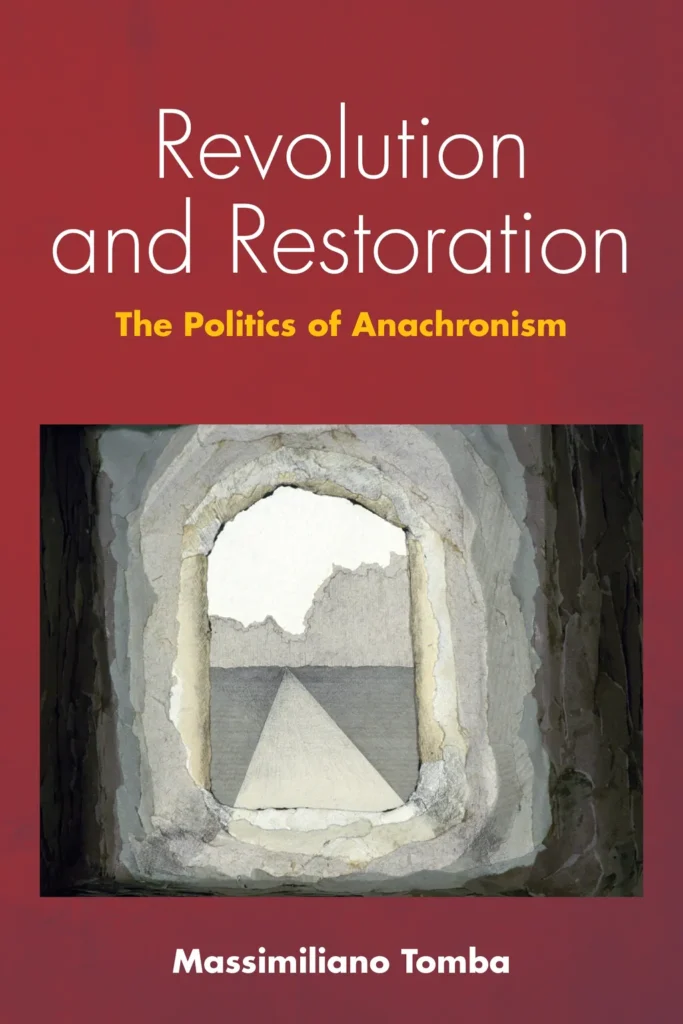In the heart of Rome, where ancient history meets modern innovation, a groundbreaking approach to cultural heritage preservation is unfolding. Researchers, led by M. Gabriele from the Politecnico di Milano’s Department of Architecture, Built environment and Construction engineering (ABClab-GICARUS), are harnessing the power of Extended Reality (XR) to transform how we experience and understand historical sites. Their work, published in the English-translated “International Archives of Photogrammetry, Remote Sensing and Spatial Information Sciences,” is not just about preserving the past; it’s about making it interactive, engaging, and commercially viable for sectors like energy, where understanding historical landscapes can inform modern infrastructure projects.
The focus of their study is the Mausoleum of Cecilia Metella and the Castrum Caetani along the Appian Way, a UNESCO World Heritage site. These ancient structures are not just static monuments; they are layers of history, each with its own story to tell. Gabriele and his team are developing interactive web models that allow users to navigate these narratives, exploring different layers of information within a shared geospatial framework. This approach, they argue, can support the integration of multi-scale, multi-temporal stratified layers, from archaeological and architectural details to broader landscape and infrastructure contexts.
“This shift points toward the development of geoXR,” Gabriele explains. “We’re not just creating passive models; we’re building interactive, informative models that can be continuously updated and expanded by diverse subjects.” This means that researchers, conservators, and even the general public can contribute to and benefit from these digital heritage projects.
The implications for the energy sector are significant. Understanding the historical and geographical context of a site can inform the placement of modern infrastructure, ensuring that new developments are both efficient and respectful of their surroundings. For instance, knowledge of ancient infrastructure can guide the routing of new energy lines, minimizing environmental impact and maximizing efficiency.
The research also highlights the importance of reusing quality models derived from rigorous multi-scale surveying techniques like LiDAR, Terrestrial Laser Scanning (TLS), Mobile Mapping Systems (MMS), and photogrammetry. These models, often created for research and conservation projects, can be repurposed to enrich XR content, amplifying the impact of initial efforts.
As Gabriele puts it, “The multiplication of diverse data sources and models necessitates the correlation of informational nodes within geographic space, an aspect still underutilized in current XR environments.” By interrelating content-driven informative models like Heritage Building Information Modeling (HBIM) nodes, Geographic Information Systems (GIS), and 3D landscape information systems into an interoperable and interactive geoXR platform, the team is paving the way for a new era of digital heritage.
This research is not just about preserving the past; it’s about making it relevant to the present and future. By creating interactive, informative models, Gabriele and his team are opening up new possibilities for education, conservation, and commercial applications. As the energy sector continues to evolve, the insights gained from these digital heritage projects could prove invaluable, guiding the development of infrastructure that is both innovative and respectful of our shared history.

